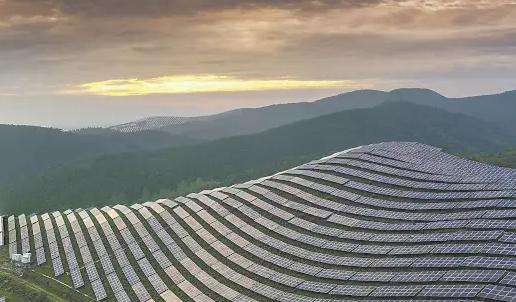1. Installing the pipe support. First install the vacuum tube bracket, install the lower part of the collector tube, and install the tube bracket in the bracket position.
2. First check the silicone sealing ring covering the insulated water tank liner, then check whether the rear corner of the vacuum tube is damaged, then check the transparency of the mercury-type liner and check if there is burrs and roundness at the tube level. mouth. Insert the outer rubber sealing ring of the vacuum tube about 15cm into the vacuum tube, wet the mouth of the tube completely with soapy water, and hold the rear end of the vacuum tube with your right hand. One is to protect the back corner of. the process, and the other is to facilitate intubation. Insert the vacuum tube vertically to the nozzle, push it into the water tank with uniform force and smooth rotation, then rRotate the tube seat after insertion, completing the installation of all vacuum tubes in sequence.
2. Connect the hot and cold water pipes
1. Wrap the tape around the water inlet and outlet, then install the pipe fittings and connect them to the special solar pipes;< /p>
2. Electric heating tape Close to the outer wall of the pipe and tie it tightly with a sticky tie;
3. Install the sensor into the water level gauge hole of the water tank. shopping center and use thick polyethylene rubber plastic pipe for insulation outside the pipe;
4. The water supplied to the solar water tank is connected to tap water.
1. When arranging pipes and installing valves, you should first take a look at the gas interface and water inlet and outlet interface at the installation site, usually directly. hot on the left andcold on the right. Do not close them during installation. The main water inlet valve and the air inlet valve of the house are the only way to avoid the phenomenon of "water flooding the golden mountain".
2. Unpack the water heater packaging. Regardless of which channel you purchased the water heater from, you need to unpack it first to see if the accessories inside are complete. Of course, if you don't know much. about this, it is best to ask a professional Inspection staff, in addition, you can also rely on the manufacturer's accessories instructions. Typically, there is an expansion coil, flue, elbow, and shower head. However, the configurations of different manufacturers may be different, so it is best to ask clearly.
3. Installation of the smoke evacuation pipe. This step consists of installing the smoke evacuation pipe. YOUmust pay attention to it, otherwise it will pose a threat to the safety of future use. Generally, the smoke extraction port is designed by the developer and the location is reserved. If there is none, then you must make an inclined opening yourself, high towards the inside and low towards the outside. In order to facilitate the adjustment of the water heater after hanging it on the wall, you must first install the flue pipe. You also need to pay attention to the metal material between the exhaust pipe and the wall, due to the temperature of the exhaust. The pipe is high when the water heater is used, and the plastic cover will be burned and even cause other hidden dangers.
4. Installing the gas valve. This step requires connecting the air inlet hose to the gas meter. Be sure to close the main air inlet valve before installation. Generally speaking, household gas should be supplied toto both the stove and the water heater, so a three-way valve must be connected to the gas outlet of the gas meter. However, because the angle valve is difficult to operate, it is recommended to use a ball valve. Particular attention should be paid to the connecting pipes. Place rubber seals to prevent air leaks.
5. Preparing to drill the water heater before installing it on the wall. Measure the installation position of the water heater according to the position of the flue pipe and make a recording on the wall. drill to make the hole and press the plastic expansion tube and screws. The gas water heater is mounted on the wall and connected to the pipe to install hot water. Hang it on the wall, seal the flue pipe with aluminum foil, then connect the water inlet pipe, pipe water outlet and gas pipe. Don't forget to put rubber seals to avoidair and water leaks.
6. Test and inspect. After installation, check whether it can be used normally. The way to check for air leaks is to apply soapy water to the connection.














